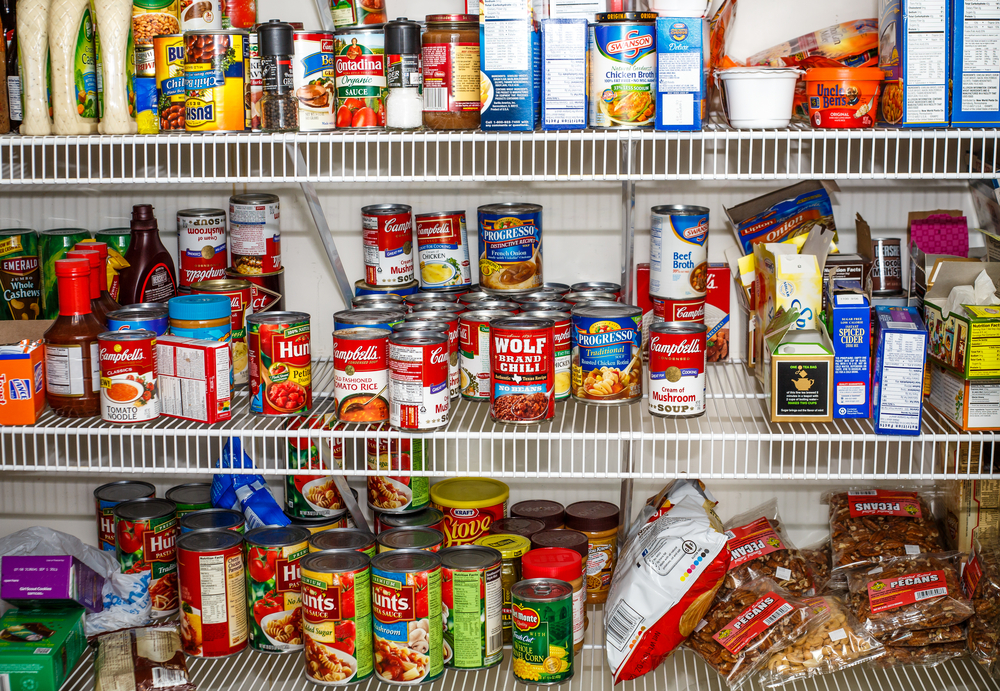It’s easy to forget that many of the deadliest diseases are preventable—yet every year, thousands of Americans succumb to conditions that could be avoided with better lifestyle choices, healthcare access, and education. The stark reality? These diseases disproportionately impact vulnerable populations, pushing the need for a public health awakening. Whether it’s chronic illnesses exacerbated by poor diet or lifestyle, or deadly diseases that should’ve been caught earlier, we need to do better. Here’s a look at 13 preventable diseases that are cutting lives short—and what we can do to change that.
1. Chronic Lower Respiratory Diseases

Chronic lower respiratory diseases (CLRD), such as emphysema and chronic bronchitis, remain among the most preventable conditions in the United States. Smoking is the leading cause of CLRD, causing progressive lung damage and making it increasingly difficult to breathe. However, as outlined by the Cleveland Clinic, the risks aren’t limited to smokers—exposure to air pollution and secondhand smoke also significantly increases the likelihood of developing these diseases.
Effective prevention starts with quitting smoking and minimizing exposure to harmful air pollutants. Primary prevention of chronic respiratory diseases relies on reducing or avoiding personal exposure to common risk factors, especially tobacco smoke and environmental pollutants, beginning as early as pregnancy and childhood. While treatments can help manage symptoms, there is currently no cure for CLRD once significant lung damage has occurred, making prevention and early detection crucial.
2. Type 2 Diabetes
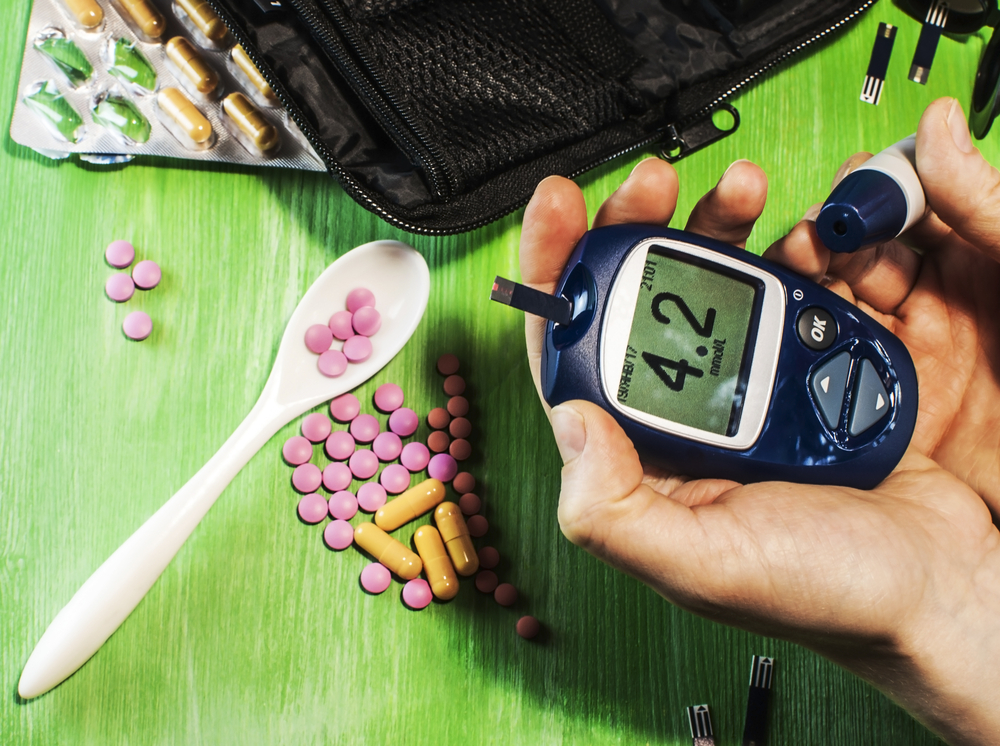
Once a disease largely associated with older adults, type 2 diabetes is now increasingly common among younger populations. It’s linked to lifestyle choices, especially a poor diet and lack of physical activity, making it a preventable disease. Maintaining a healthy weight, eating nutrient-dense foods, and staying active are critical to preventing or managing the disease. Unfortunately, the rise in processed foods and sedentary habits is fueling this chronic condition.
Early intervention can help reverse or slow the progression of diabetes, but without proper lifestyle changes, complications can set in. This includes nerve damage, kidney failure, and blindness—preventable outcomes with regular screenings and healthy habits. Educating the public on managing their blood sugar levels and offering greater access to healthy food options could help turn the tide. At its core, this disease is not inevitable—it’s a result of choices, and those choices can be made better.
3. Stroke

Stroke remains a leading cause of death in America, but the good news is that much of the risk is preventable with lifestyle changes. High blood pressure, obesity, smoking, and physical inactivity are major contributors, but taking proactive steps, like managing stress, eating a balanced diet, and getting adequate sleep, can dramatically lower your risk. The American Stroke Association emphasizes that controlling blood pressure, quitting smoking, eating foods low in saturated fat and sodium, staying active, and maintaining a healthy weight are all crucial for prevention.
Timely medical intervention is essential: the longer someone waits to seek care, the greater the risk of severe disability or death. However, up to 80% of strokes could be prevented if people embraced healthier living, had better access to screenings, and normalized early prevention strategies. Raising awareness about these lifestyle changes and ensuring regular health checkups can save thousands of lives each year. A stroke diagnosis doesn’t have to be fatal—with the right interventions and support, many strokes can be avoided altogether.
4. Cancer (Particularly Lung, Colorectal, and Skin)
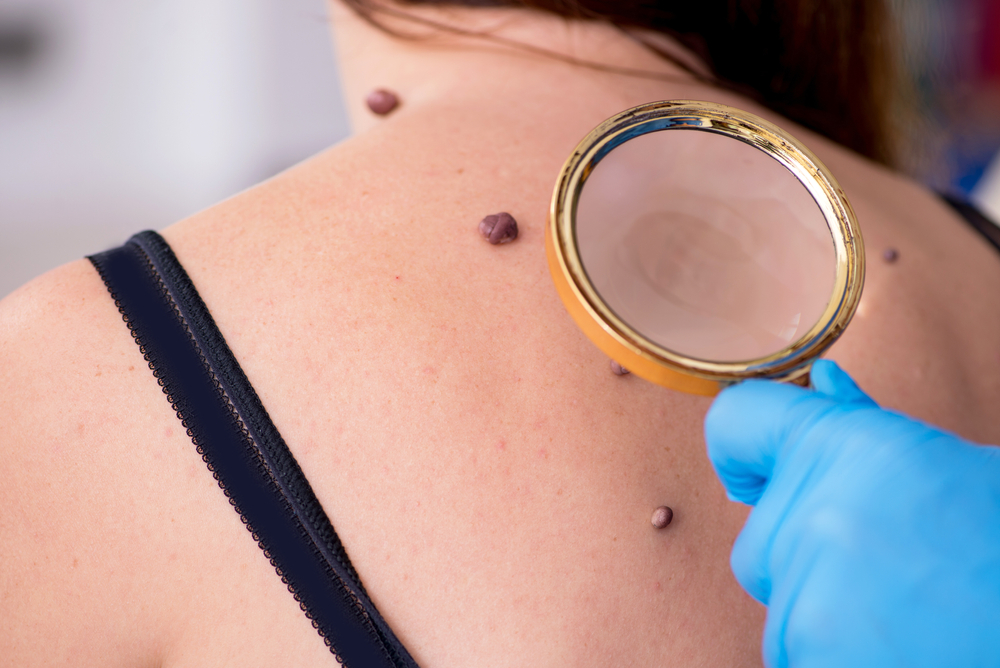
Cancer continues to be a major killer, but many forms of it are preventable or treatable if caught early enough. Lung cancer, for instance, is overwhelmingly caused by smoking, yet it’s one of the deadliest types of cancer in America. Similarly, colorectal and skin cancers are highly preventable through regular screenings and lifestyle changes like avoiding excessive sun exposure and eating more fiber-rich foods. The tragedy is that too many people wait too long to address symptoms or avoid regular screenings.
Preventive measures like quitting smoking, maintaining a healthy diet, and staying physically active can reduce the likelihood of developing several types of cancer. Additionally, early detection through regular checkups can significantly increase survival rates. When we talk about cancer prevention, it’s not just about avoiding triggers but also about creating environments that support healthier choices. If we could boost early detection and healthier habits, fewer lives would be lost to cancer every year.
5. Heart Disease

Heart disease remains the leading cause of death in the United States, but it is largely preventable through changes in daily habits. Many cases stem from modifiable risk factors: unhealthy diets, physical inactivity, smoking, and excessive alcohol use all contribute to the gradual damage of the heart and blood vessels. The challenge is that heart disease often develops silently—many people are unaware they have a problem until a heart attack occurs, underscoring the importance of prevention and early intervention.
Prevention is far more effective than treatment after the fact. Simple lifestyle adjustments can significantly reduce your risk: regular exercise, a diet rich in fruits, vegetables, and whole grains, and quitting smoking all play a critical role. The American Heart Association emphasizes that these changes are not just for those already diagnosed—everyone benefits from healthier habits. Moreover, medical experts highlight that maintaining a healthy weight, managing stress, and monitoring key health numbers like blood pressure and cholesterol are crucial steps in lowering your risk.
6. Kidney Disease
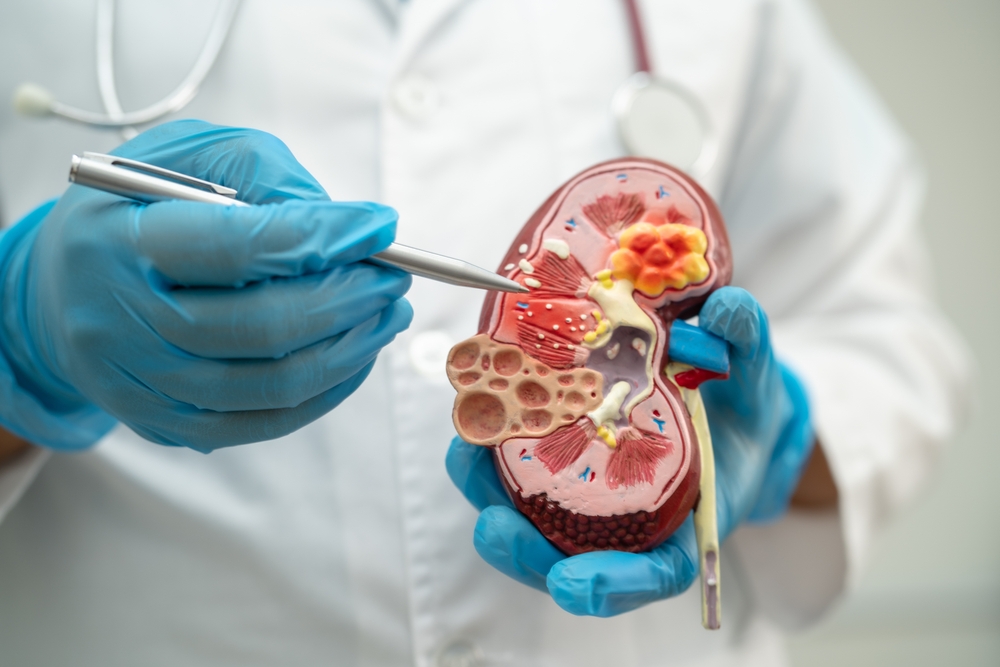
Kidney disease is a silent killer, often progressing without noticeable symptoms until it’s too late. This disease is largely preventable through controlling risk factors like high blood pressure, diabetes, and obesity. Simple lifestyle changes such as staying hydrated, avoiding excessive salt, and controlling blood sugar can significantly reduce the risk of kidney disease. However, too many Americans don’t take the early steps to protect their kidneys.
Kidney disease can also be caused by genetic factors, but lifestyle plays a huge role in either exacerbating or mitigating the condition. With proper monitoring and early intervention, kidney function can be preserved for many years. The key here is to make kidney health a priority—regular screenings and lifestyle modifications can go a long way in reducing kidney failure. As with other preventable diseases, education is the first step toward prevention.
7. Hypertension

Hypertension, or high blood pressure, is a leading risk factor for heart disease, stroke, and kidney failure, often going undetected until serious complications arise. Many people remain unaware of their condition because hypertension rarely has noticeable symptoms and can only be confirmed through regular blood pressure checks. Key contributors include a poor diet, especially one high in salt, smoking, physical inactivity, and being overweight or obese. The good news is that high blood pressure is highly manageable through lifestyle changes and, when necessary, medication.
Prevention strategies focus on adopting a heart-healthy lifestyle: eating a diet rich in fruits, vegetables, and whole grains while limiting sodium and unhealthy fats; engaging in regular physical activity; maintaining a healthy weight; and avoiding tobacco and excessive alcohol use. Monitoring your blood pressure regularly and seeking medical advice if it’s elevated are also crucial steps in preventing serious complications. Public health experts from the CDC emphasize that with proper management and education, hypertension does not have to lead to fatal outcomes.
8. Liver Disease

Liver disease, especially cirrhosis and hepatitis, is a major cause of death, yet much of it is preventable. Excessive alcohol consumption, obesity, and hepatitis B and C infections are the leading causes of liver damage. The good news? Hepatitis B and C can be prevented with vaccines, and lifestyle changes such as cutting back on alcohol and eating a balanced diet can prevent fatty liver disease. Early detection through regular screenings can also help save lives.
Many people don’t realize the damage they’re doing to their livers until it’s too late, and by then, the damage is irreversible. However, reducing alcohol intake and maintaining a healthy weight can significantly reduce the risk. Hepatitis vaccinations and education about safe practices around alcohol consumption could drastically lower the rates of liver disease in the U.S. The focus should be on promoting liver health as part of overall well-being.
9. Pneumonia

Pneumonia, a severe lung infection, often becomes fatal when not treated promptly. The primary causes are bacterial infections, viral infections, and sometimes, inhaling foreign substances. Pneumonia can usually be prevented by getting vaccinated, especially for at-risk populations like the elderly and those with compromised immune systems. Additionally, simple measures like frequent hand washing and good hygiene can prevent respiratory infections that could develop into pneumonia.
The rise in antibiotic-resistant infections also complicates treatment, making prevention even more important. For those at risk, the best line of defense is vaccination, but broader public health campaigns to educate people on preventive measures could help reduce the overall burden of pneumonia. Protecting vulnerable populations through routine vaccinations is key to reducing pneumonia-related deaths.
10. Alzheimer’s Disease

While Alzheimer’s disease may seem inevitable with age, many of its risk factors can be modified. Poor diet, lack of physical and mental activity, and even sleep deprivation all contribute to the onset of Alzheimer’s. Studies show that staying mentally active, maintaining a healthy diet, and staying socially engaged can reduce the risk. Still, the stigma around Alzheimer’s often leads people to ignore early warning signs and avoid preventive care.
Alzheimer’s is a degenerative disease, meaning that once it sets in, it cannot be reversed. However, prevention is possible through a combination of lifestyle choices that promote brain health. Public health initiatives focusing on early detection, mental wellness, and regular screenings can help catch the disease early, improving outcomes. The focus should be on encouraging healthy aging, which includes physical and mental well-being.
11. Influenza

Influenza, commonly known as the flu, continues to be a deadly illness despite being preventable with a simple annual vaccine. The flu can lead to severe complications, especially for young children, the elderly, and those with chronic health conditions. Every year, tens of thousands of deaths in the U.S. are attributed to the flu, most of which could have been avoided with timely vaccination. The truth is, flu season doesn’t have to be deadly if everyone gets vaccinated.
Moreover, good hygiene practices like washing hands frequently and staying home when sick can help reduce the spread. The flu vaccine is widely available and free in many areas, yet many people still refuse to get it. Ensuring that more people understand the importance of vaccination could help reduce the number of flu-related deaths. The power of prevention lies in simple actions—don’t wait until it’s too late.
12. Obesity

Obesity isn’t just a cosmetic concern—it’s a medical condition that leads to serious health issues like heart disease, diabetes, and stroke. The root causes of obesity often lie in poor eating habits and a lack of physical activity. A diet rich in processed foods, combined with sedentary lifestyles, is contributing to the rise of obesity in America. Preventing obesity is all about making healthier food choices and prioritizing physical activity as part of everyday life.
But it’s not just about losing weight; it’s about creating environments that support healthy living. Obesity is preventable through education about healthy eating, the promotion of active lifestyles, and changes to food policies. Community-based interventions, such as improving access to fresh food and safe spaces for exercise, can make a huge difference. The key is to shift the focus from body image to health, because a healthy weight is essential for a long, healthy life.
13. HIV/AIDS
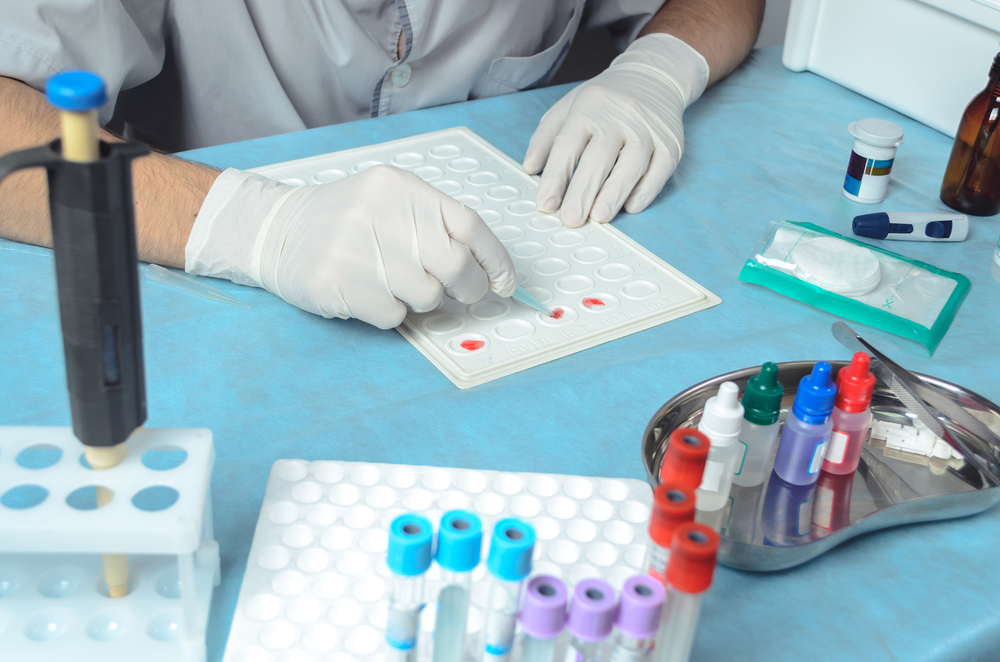
HIV/AIDS has been a major health crisis, but with modern treatment and prevention, the disease is no longer the death sentence it once was. Yet, many new cases are still being diagnosed, especially among young people. The best form of prevention is safe sex practices, including the use of condoms and regular HIV testing. Additionally, people at high risk can take Pre-exposure Prophylaxis (PrEP), a medication that can prevent HIV transmission.
The stigma surrounding HIV often leads people to avoid testing, which prevents them from knowing their status and seeking treatment early. Education and awareness campaigns focusing on safe sex practices, regular testing, and treatment options are key to reducing the spread of HIV. Ending the epidemic requires a global effort, but with the right knowledge and access to healthcare, we can significantly reduce the number of new cases.

Abisola is a communication specialist with a background in language studies and project management. She believes in the power of words to effectively connect with her audience and address their needs. With her strong foundation in both language and project management, she crafts messages that are not only clear and engaging but also aligned with strategic goals. Whether through content creation, storytelling, or communication planning, Abisola uses her expertise to ensure that her messages resonate and deliver lasting value to her audience.


